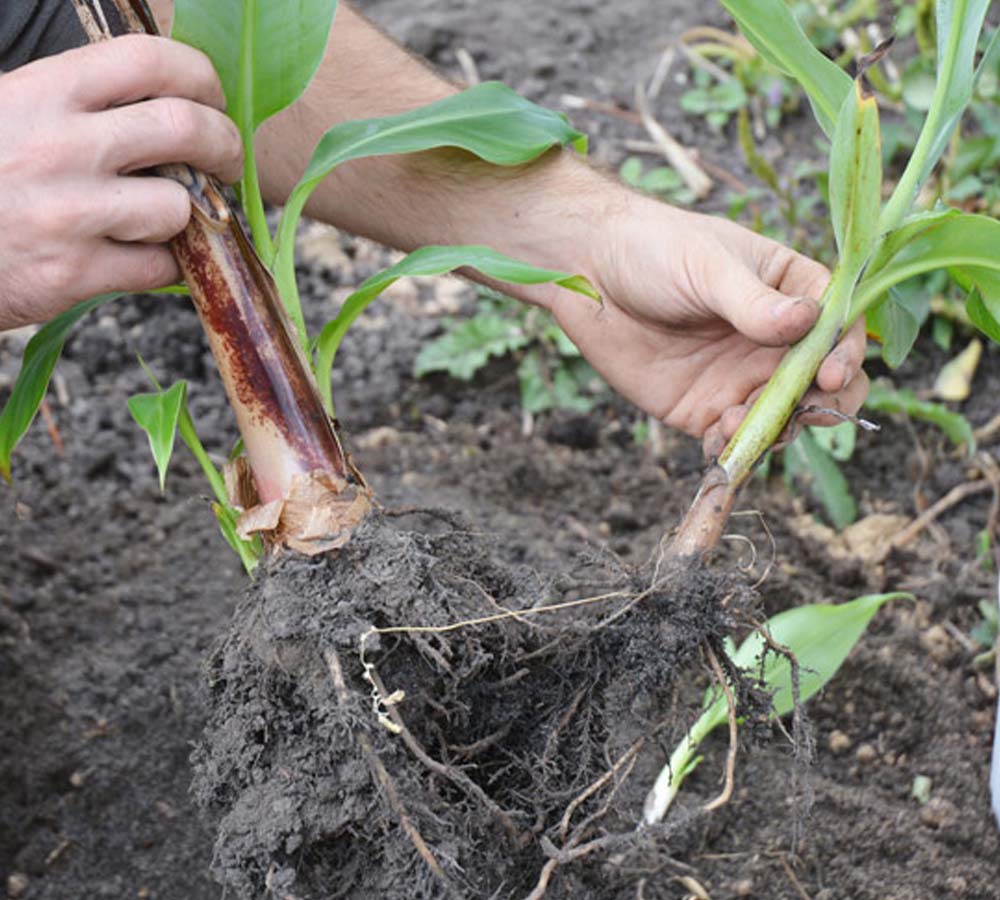How to grow Thalictrum Flavum Subsp. Glaucum
Thalictrum flavum subsp. glaucum - also known as Yellow Meadow Rue - is a unique cultivar of Thalictrum that comes with clump-forming yellow flowers atop blue-grey stems. There is foliage interest too, with shiny blue-green leaves. Thalictrum flavum subsp. glaucum grows to 1.5 metres (150cm) in height and 50cm in spread and, although it does self-seed, it is not invasive.
The pale-yellow flowers of Thalictrum flavum subsp. Glaucum encourage pollinators such as bees, butterflies and birds to any garden. This particular specimen is ideally placed in the back of a border and may need staking to keep it upright if the site is prone to strong breezes.
Making an ideal cut flower, Thalictrum flavum subsp. Glaucum is a truly beautiful addition to your garden border.
Ready to find out more about this pale perennial? Read on…

Key Information
Soil pH
Position
Hardiness


Where & when to plant Thalictrum Flavum Subsp. Glaucum
Thalictrum flavum subsp. glaucum enjoys a position in the garden that benefits from a few hours of sunlight each day. You may need to stake your Thalictrum to prevent it from tipping in the rain and wind due to its height. That is why Thalictrum flavum subsp. Glaucum is best placed at the back of a border with some form of shelter behind it - be it a wall or fence - to protect it from the elements.
How to plant Thalictrum Flavum Subsp. Glaucum
To plant Thalictrum flavum subsp. glaucum from bare roots, you will need to soak them in water for between 3 and 6 hours prior to planting. This is essential as it will help to wake the plant from dormancy
Select a pot that will hold the root while giving it ample room to grow on all sides. Fill the pot with soil, add the root and cover with up to 5cm of compost
Water regularly to create moist, well-draining soil and keep the plant in the pot for up to 6 weeks
Once established, remove from the pot and add them to a position in your border that benefits from partial sun and shade. Make sure the soil drains well and the position benefits from some shelter from the wind.

What to plant with Thalictrum Flavum Subsp. Glaucum
Due to Thalictrum flavum subsp. glaucum’s height and back border position, you should choose neighbouring flowers that thrive in similar soil condition and do not grow as tall, to prevent overcrowding. Astilbe, for example, grows to 60cm in height, is perfectly positioned at the front of a border and enjoys moist soil. Astilbe Europa adds perfect pops of pink, while Astilbe x arendsii Weisse Gloria adds colourful creams and whites to the garden. As an alternative to Astilbe, try ornamental grasses such as Stipa gigantea to add extra movement to your border.

How to care for Thalictrum Flavum Subsp. Glaucum
Pruning & Deadheading
On the whole, Thalictrums are undemanding plants and Thalictrum flavum subsp. glaucum is no exception. Simply cut down stems after flowering and you can decide whether or not to remove the seed heads to prevent self-seeding.
Watering
Thalictrum flavum subsp. glaucum enjoys moist well-draining soil in the shade, so be sure to water regularly. Take extra care in dry spells and bouts of warm weather to ensure the soil does not dry out.
Cold Protection
Due to Thalictrum flavum subsp. glaucum’s evergreen foliage, it will benefit from mulching in cold weather to protect it from cold weather and frost.
Pests & Diseases
As with most garden plants, you should check Thalictrum flavum subsp. glaucum’s foliage regularly for irregular holes and silver trails which are indicative of snail and slug issues. Powdery mildew can also cause problems for Thalictrums as a species - look out for small, white spots that are powdery in appearance. Not only does this disease harm foliage, but it can lead to stunted growth for the flowers and roots alike.
How to propagate Thalictrum Flavum Subsp. Glaucum

You can propagate Thalictrum flavum subsp. glaucum by division or from seed. If propagating by seed, you can pick these up when the plant self-seeds after its flowering period. If propagating by division, autumn is the best time to do so. When propagating by seed, you will need a seed tray. Fill with potting soil (seedling specific) and make the soil moist. You can place seeds in each tray - giving each about a 1cm radius if possible - and gently cover with a thin layer of soil

Gently water the seeds and cover each seed tray with cling film or plastic material which will make the growing environment humid – thus keeping the seeds moist. Once the seeds begin to sprout green, the cover can be removed

Keep the seeds in full light and rotate the tray if necessary to make sure each seed is getting plenty of sunlight. Once they are ready and you are about to plant them, gradually get them used to the outdoors by putting them in a sheltered position for a few hours a day, gradually increasing their exposure to sunlight and bringing them indoors overnight. After 1-2 weeks of this, they should be hardened off and ready to plant in the garden.
Common Thalictrum Flavum Subsp. Glaucum Questions
Can you grow Thalictrum flavum subsp. glaucum from seed?
Yes, Thalictrum flavum subsp. glaucum can be grown from seed or from bare roots.
Is Thalictrum flavum subsp. glaucum good for bees?
Yes. Thalictrum flavum subsp. glaucum is a known nectar-rich plant, making it attractive to bees and butterflies.
Is yellow Meadow Rue invasive?
Thalictrum as a whole is not invasive. Thalictrum flavum subsp. glaucum (yellow Meadow Rue) does self-seed but is known as trouble-free and non-invasive.




